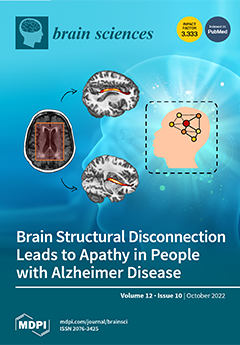Purpose: Target temperature management (TTM) is often used in patients after cardiac arrest, but the effects of cooling on cerebral microcirculation, oxygenation and metabolism are poorly understood. We studied the time course of these variables in a healthy swine model.Methods: Fifteen invasively monitored,
[...] Read more.
Purpose: Target temperature management (TTM) is often used in patients after cardiac arrest, but the effects of cooling on cerebral microcirculation, oxygenation and metabolism are poorly understood. We studied the time course of these variables in a healthy swine model.Methods: Fifteen invasively monitored, mechanically ventilated pigs were allocated to sham procedure (normothermia, NT;
n = 5), cooling (hypothermia, HT,
n = 5) or cooling with controlled oxygenation (HT-Oxy,
n = 5). Cooling was induced by cold intravenous saline infusion, ice packs and nasal cooling to achieve a body temperature of 33–35 °C. After 6 h, animals were rewarmed to baseline temperature (within 5 h). The cerebral microvascular network was evaluated (at baseline and 2, 7 and 12 h thereafter) using sidestream dark-field (SDF) video-microscopy. Cerebral blood flow (laser Doppler MNP100XP, Oxyflow, Oxford Optronix, Oxford, UK), oxygenation (PbtO
2, Licox catheter, Integra Lifesciences, USA) and lactate/pyruvate ratio (LPR) using brain microdialysis (CMA, Stockholm, Sweden) were measured hourly. Results: In HT animals, cerebral functional capillary density (FCD) and proportion of small-perfused vessels (PSPV) significantly decreased over time during the cooling phase; concomitantly, PbtO
2 increased and LPR decreased. After rewarming, all microcirculatory variables returned to normal values, except LPR, which increased during the rewarming phase in the two groups subjected to HT when compared to the group maintained at normothermia. Conclusions: In healthy animals, TTM can be associated with alterations in cerebral microcirculation during cooling and altered metabolism at rewarming.
Full article






